Tangerine Dreams is an honest look at the many lives across the British isles and the different communities who call it home – the same communities affected by the current hostile environment
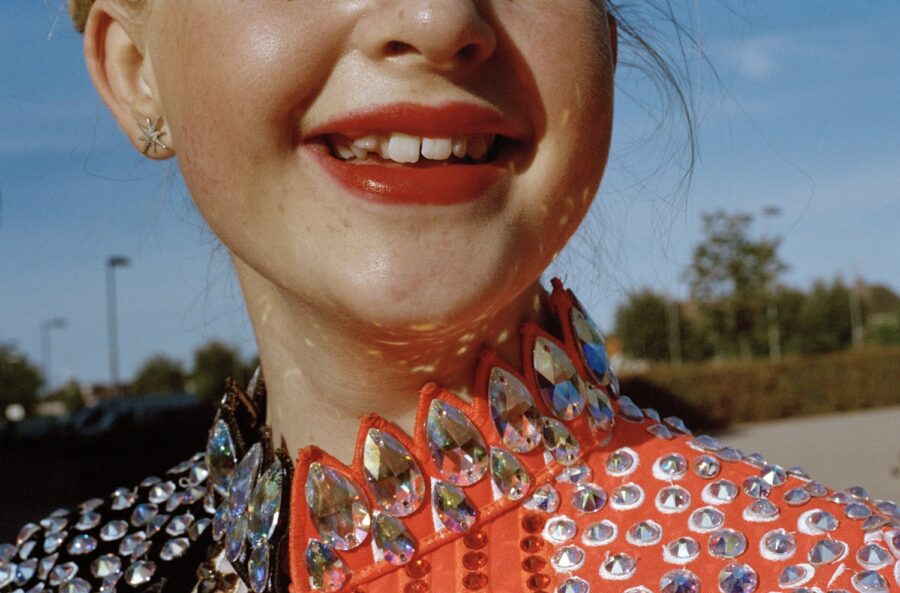

Tangerine Dreams is an honest look at the many lives across the British isles and the different communities who call it home – the same communities affected by the current hostile environment
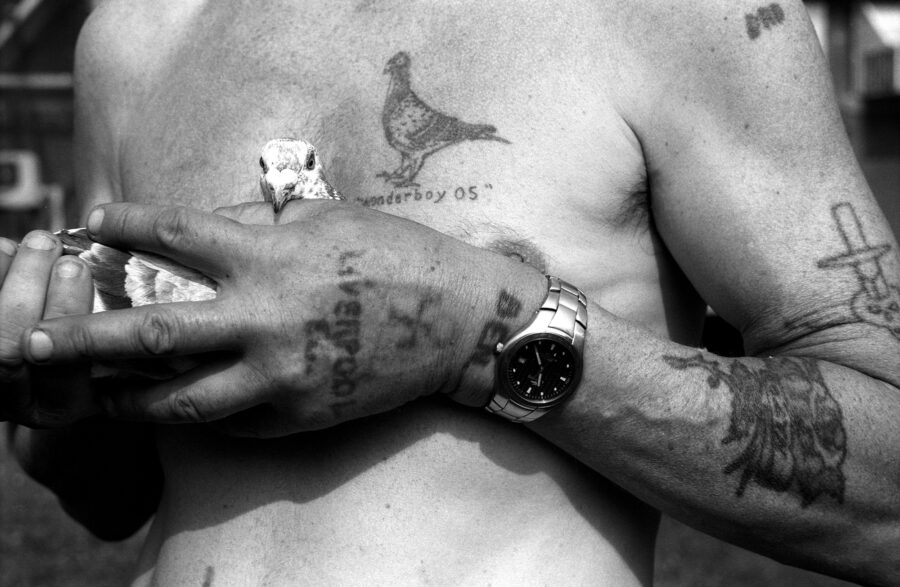
Zak Waters traces the quiet decline of this fiercely passionate subculture — from its soaring past to its precarious present — capturing a vanishing way of life
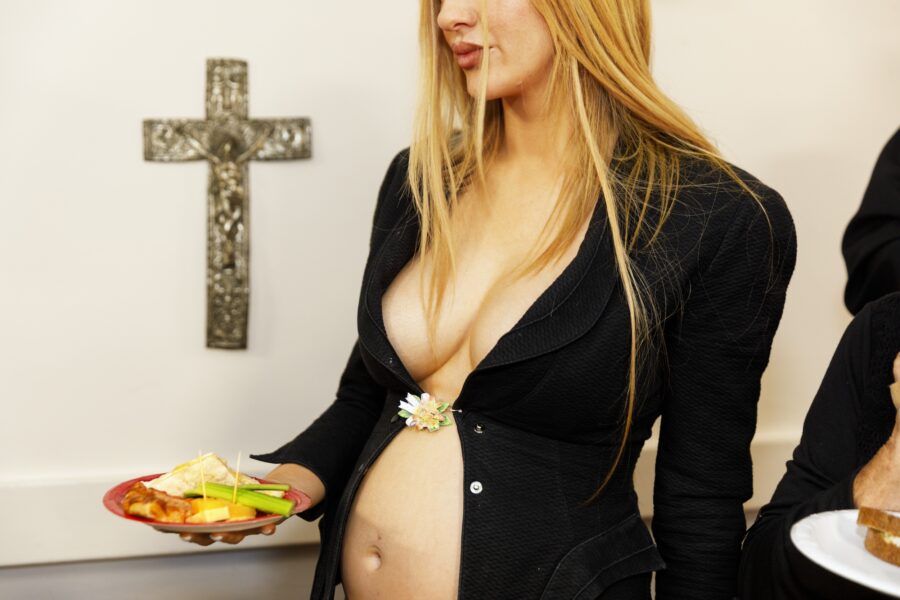
Julie Bullard, inspired by Essex glam, pays homage to Cohen’s childhood babysitter, shot by her own photographic hero
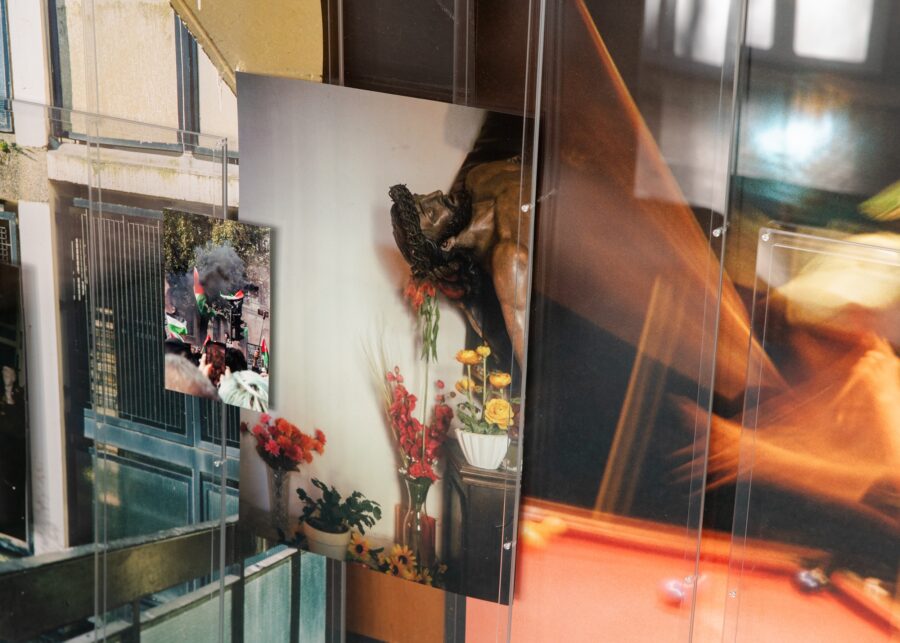
Set up in 1984, the Turner Prize has been awarded to a photographer only once – but Rene Matić has won a nomination aged just 27, for a solo show featuring stacked images, installations, and sound art
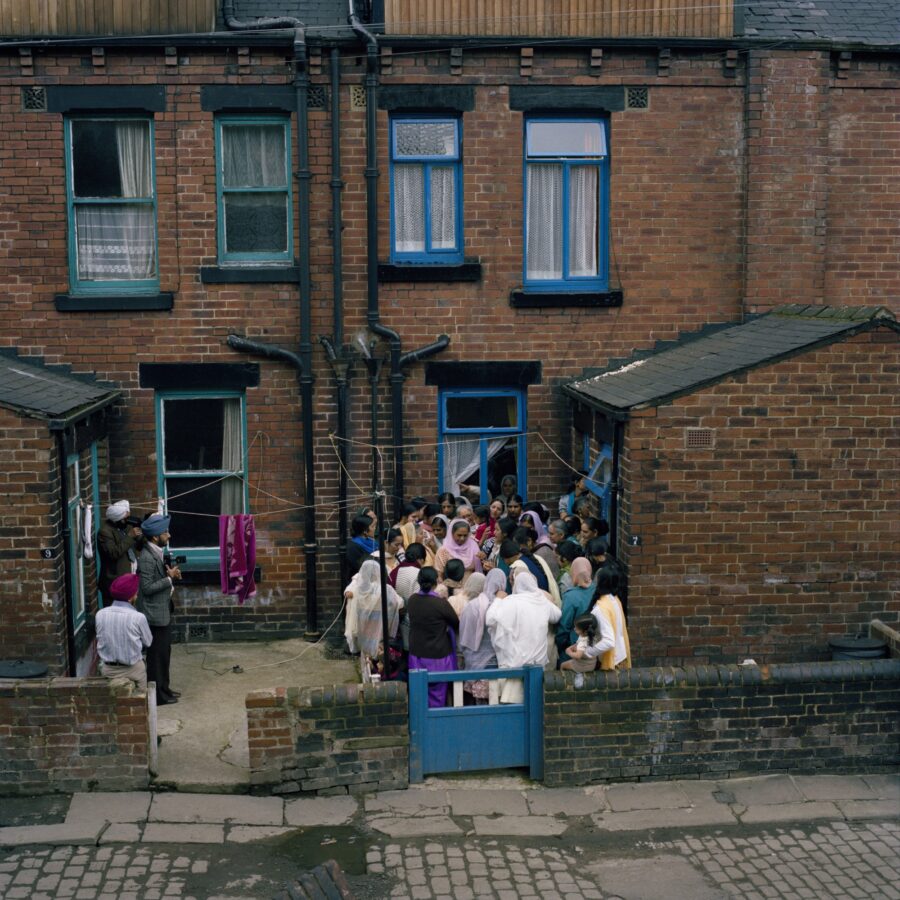
As Peter Mitchell’s retrospective opens at The Photographer’s Gallery in London, we look back at our coverage of the show’s opening in Leeds last year
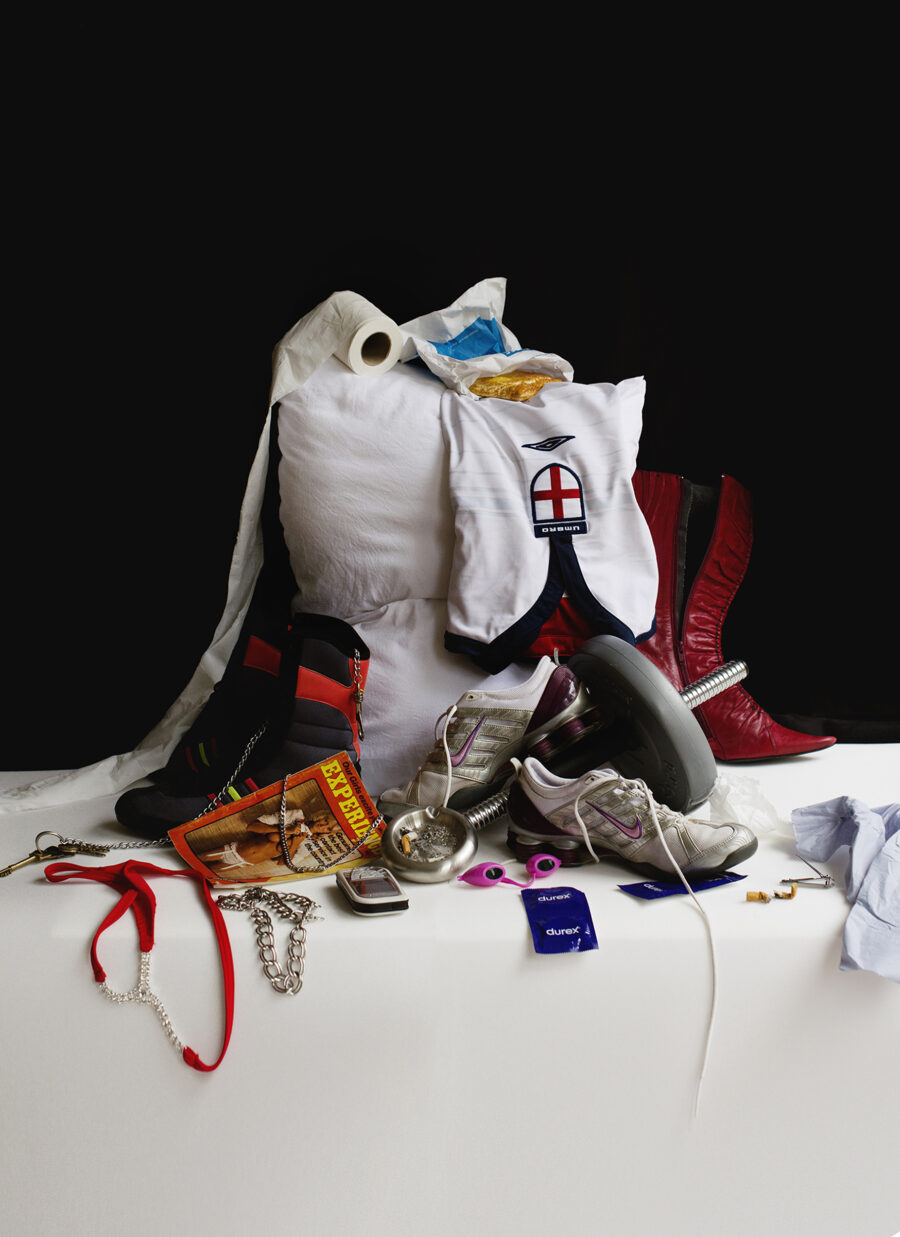
Through his staged photography, Kenneth Lam brings to life the stories embedded in the evolving Museum of the Home
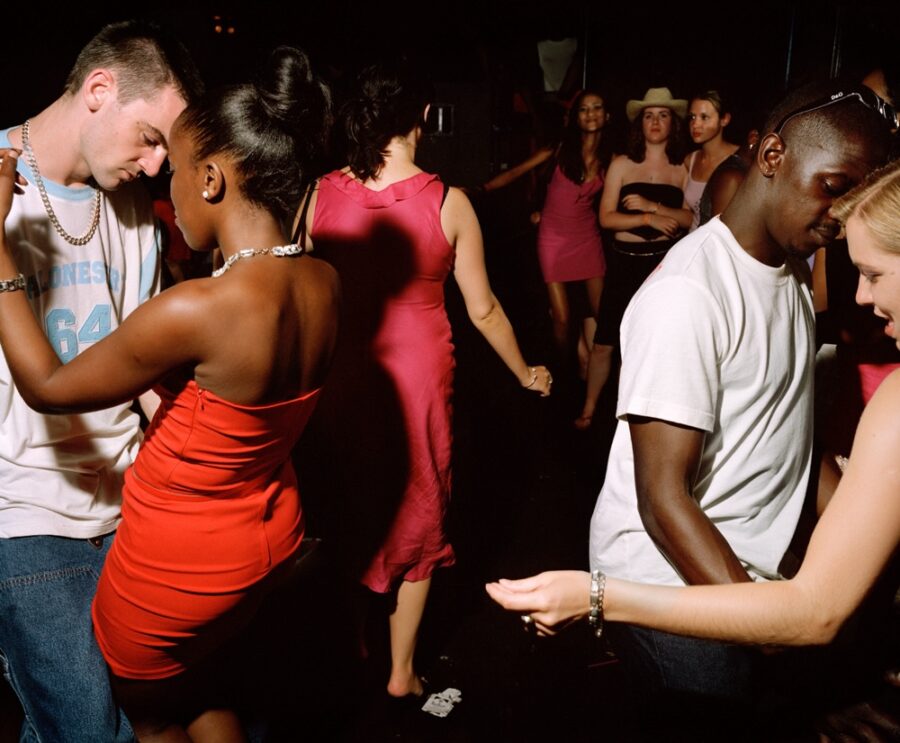
The Afropean author is back with a touring show, curating working-class photographers to present an alternative reading of class aesthetics
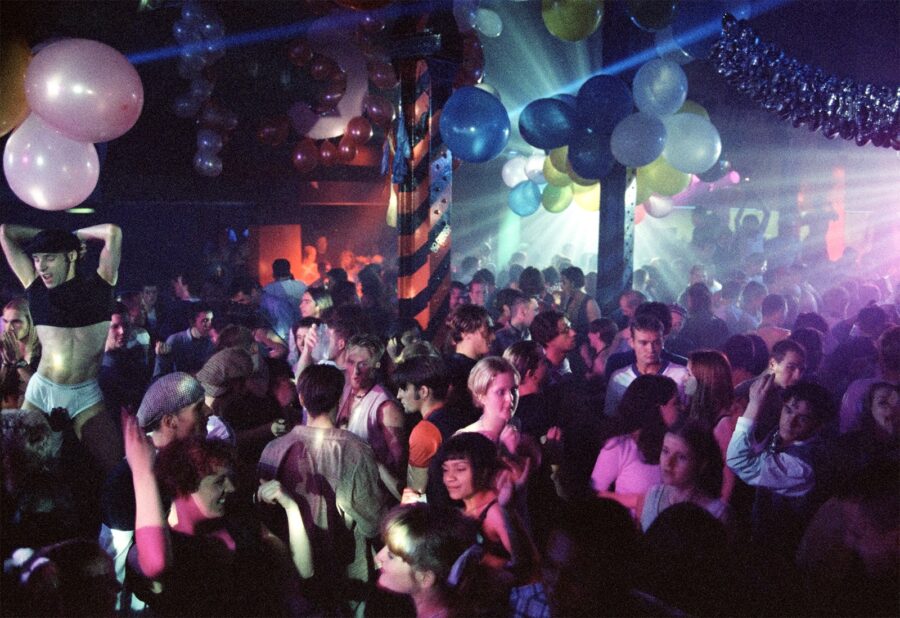
Creative duo and club stalwarts Martin Green and James Lawler take a utopian yet realistic look at 90s Queer nights in Britain, at Open Eye Gallery
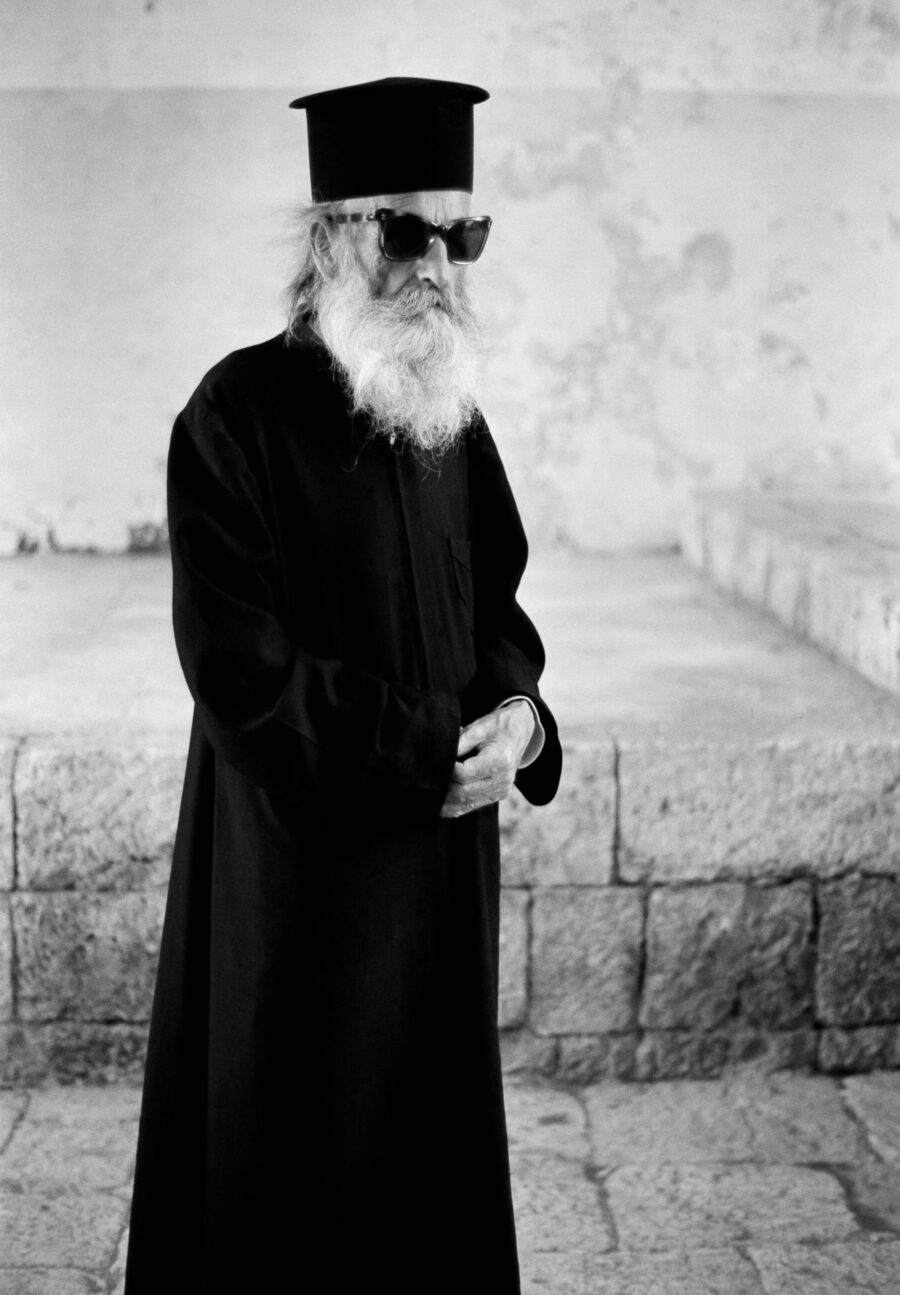
Marilyn Stafford: A Life in Photography spans the pioneering fashion photographer’s career across several continents, whose work often surprised and challenged her own sensibilities